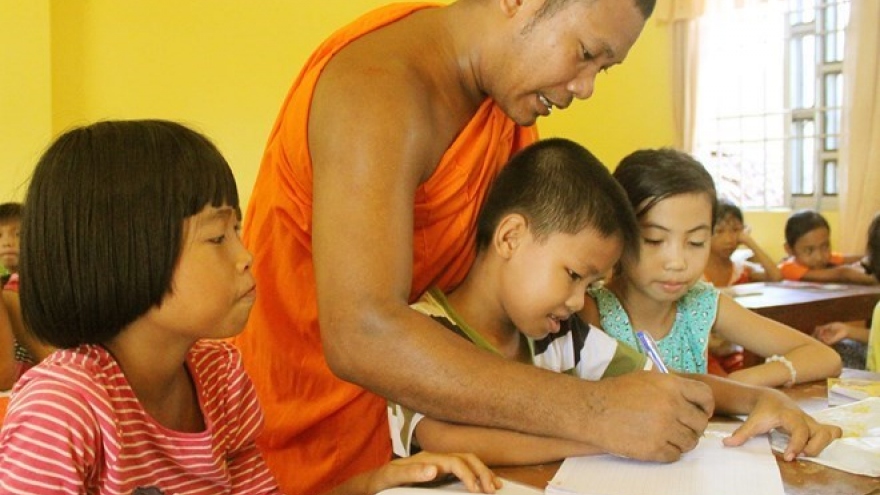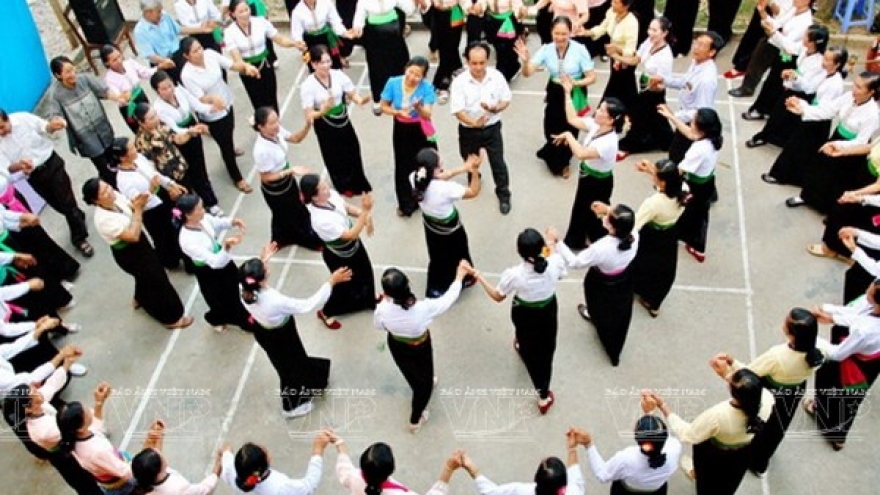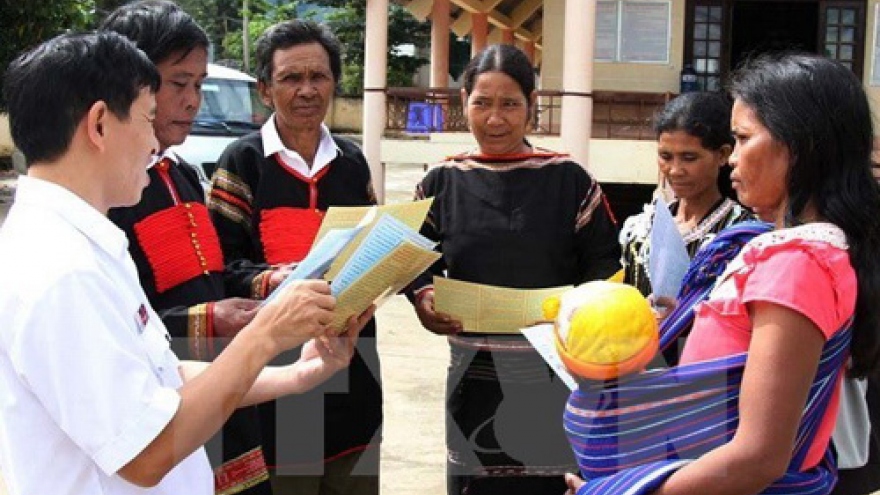Some ethnics-targeted policies lack cohesiveness
Several policies targeting ethnic minorities are still not interconnected, troubling local authorities during implementation, some members of the National Assembly’s Ethnic Affairs Council said.
 |
Though some programmes had been approved, the funding for implementation was not ready until several years later such as the programme on socio-economic development in Mang, La Hu, Cong and Co Lao ethnic communities in Ha Giang, Dien Bien and Lai Chau provinces.
He said capital must be guaranteed when policies are issued, and those policies should take into account specific conditions of the subject areas. They should also be under the management of single agencies to ensure their effectiveness.
Meanwhile, some ethnics-related policies and programmes have yet to be consistent, he added, noting Programme 135 on supporting infrastructure and production development in disadvantaged communes and Resolution 30a on a programme that supports rapid and sustainable poverty reduction in 61 poor districts. The two are part of a national target programme, but their management mechanisms are different.
A report of the Ethnic Affairs Council said overall living conditions of ethnics have been improved.
However, it admitted a lack of breakthrough solutions in the suggested policies for the time ahead. Resources allocated for policy and project implementation remain low compared to the real demand. As a result, many policies which near invalid dates may fail to reach their targets.
The 53 ethnic minority groups in Vietnam had a total population of 13.39 million, accounting for 14.6 percent of the country’s population (91.71 million) as of July 1, 2015. About 23.1 percent of the ethnic minority families were poor in 2015, 3.3 times higher than the general poverty rate of 7 percent, according to the General Statistics Office.



